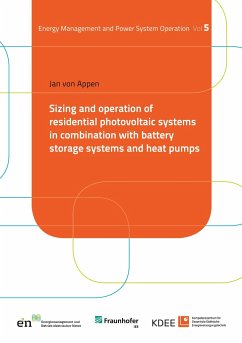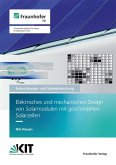The thriving business case of residential photovoltaic systems in combination with battery storage systems and other flexibility options, such as heat pumps, leads to additional questions for PV network integration and increases the complexity of planning processes for all involved stakeholders - especially for investors and distribution network operators. In this thesis mixed integer linear and bilevel optimization models are developed for evaluating the interdependencies between these stakeholders and their strategic decision making. A case study-based approach allows assessing how different incentives impact sizing and operation of PV battery storage systems, their network integration and their complementarity towards other flexibility options for improved sector coupling. The analysis of the case studies underlines the importance of using multi-stakeholder optimization models. Appropriate incentive setting and sector coupling decelerate emerging self-reinforcing processes between higher network charges, larger system sizes and inefficient PV network integration. Fu rthermore, curtailment limits and peak charges help activating a network-supporting operation of battery storage systems and other flexibilities.







